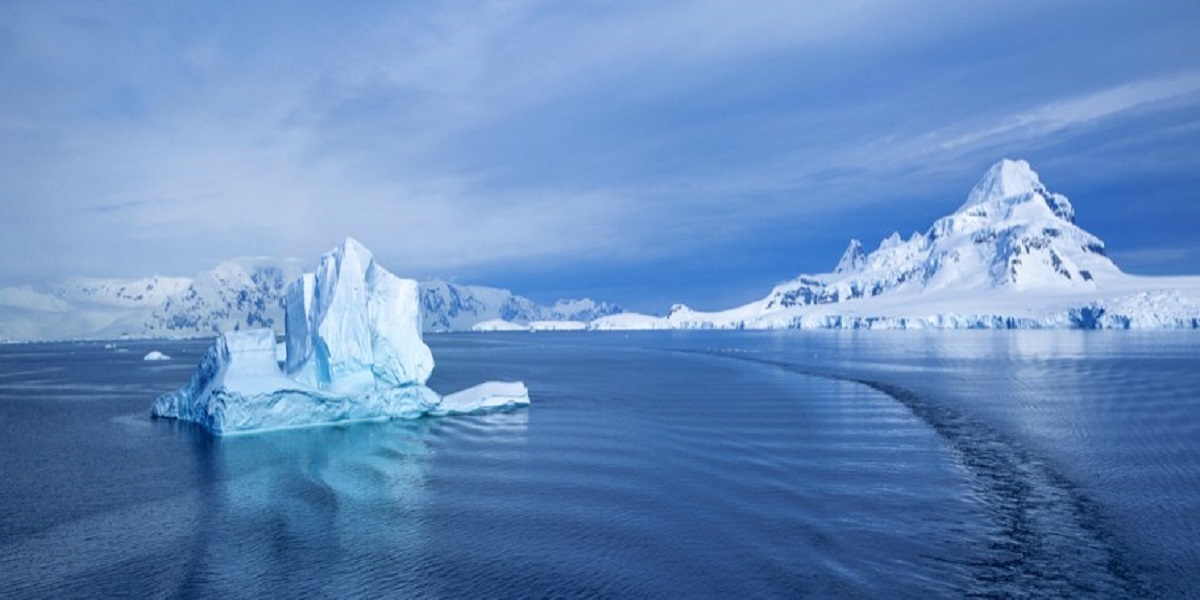Root model of mangroves could be the key to preventing coastal erosion
Mangrove vegetation grows on subtropical shorelines and provides a variety of ecosystem...

There is a new addition in four oceans: ‘Southern ocean’
National Geographic cartographers officially recognize the fifth ocean as the ‘Southern ocean’ on World Ocean Day, June 8, 2021. The ‘new’ ocean is bound by the Pacific, Atlantic, and Indian Oceans, which prompted geographers to debate whether it was significant enough to be classified as a separate ocean or simply cold regions of the three.
“There is of course just one interconnected world ocean, but it has traditionally been divided into four regions: the Pacific, Atlantic, Arctic, and Indian oceans,” said Alex Tait, a geographer of national geographic society.
There is of course just one interconnected world ocean, but it has traditionally been divided into four regions: the Pacific, Atlantic, Arctic, and Indian oceans
— National Geographic (@NatGeo) June 8, 2021
Scientists have known for many years that the icy waters around Antarctica form a distinct ecological region defined by ocean currents and temperatures pic.twitter.com/AQJPKZwUNN
— National Geographic (@NatGeo) June 8, 2021
“Scientists have known for many years that the icy waters around Antarctica form a distinct ecological region defined by ocean currents and temperatures. But the international community, through the International Hydrographic Organization (IHO), has not agreed on a name and extent of this fifth ocean region.”
While many started referring to this area as the Southern Ocean, some scientists referred to it as the Antarctic Ocean, while others referred to it as the Austral Ocean. In any case, it is distinct enough to deserve its new status.
“The Southern Ocean stretches from the Antarctic continent to the line of latitude at 60° south, which marks the approximate edge of a strong underwater current, the Antarctic Circumpolar Current,” says Dr. Helen Scales, a marine biologist and author of The Brilliant Abyss: True Tales of Exploring the Deep Sea, Discovering Hidden Life, and Selling the Seabed.
“As it swirls clockwise around Antarctica, this current plays a vital role in the climate and ecology of the region, essentially by keeping it cold.”
According to Scales, the Antarctic Circumpolar Current began more than 30 million years ago when South America split from Antarctica, creating a gap for the current to travel through. “Since then, the current has effectively isolated the Southern Ocean from warmer currents further north,” she adds.
Catch all the Business News, Breaking News Event and Latest News Updates on The BOL News
Download The BOL News App to get the Daily News Update & Live News.